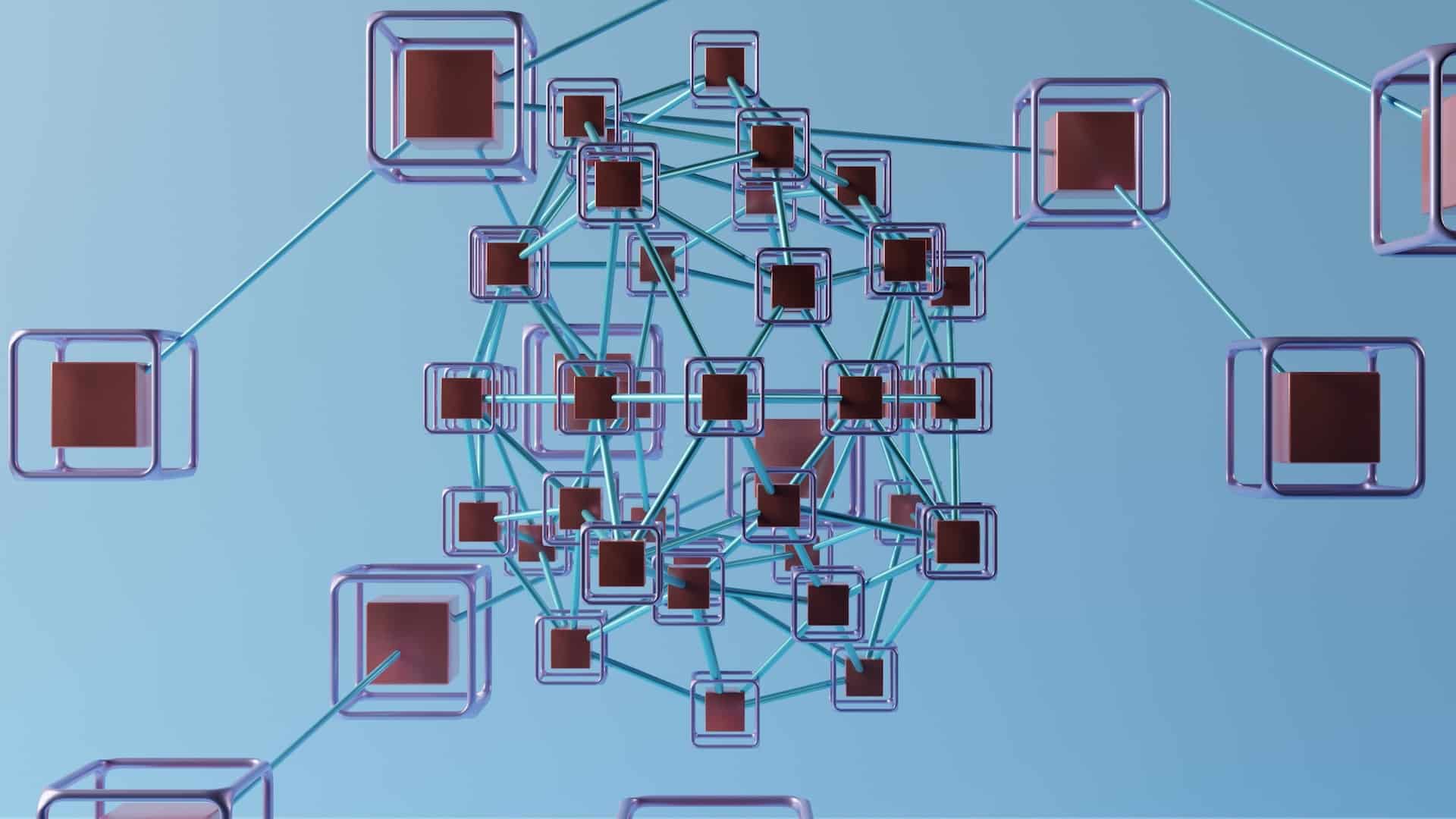The evolution of blockchain technology has given rise to a wide range of distinct blockchains that are designed for various use cases. However, the lack of a standardized communication protocol across different chains has made it difficult to achieve blockchain interoperability. To remedy this, developers have built blockchain agnostic protocols that can operate seamlessly across blockchains.
In this guide, we will explore blockchain agnostic protocols, how they work, and their role in blockchain interoperability.
What Is a Blockchain Agnostic Protocol?
A blockchain agnostic protocol is a protocol not tied to a particular blockchain that can work with multiple blockchain networks.
Blockchain agnostic protocols underpin most Web3 applications, helping to build a flourishing cross-chain ecosystem.
They are responsible for deploying decentralized applications and developer tools on many blockchains. For instance, Aave and Metamask are widely available on several blockchain and layer-2 networks.
Blockchain agnostic protocols must not be confused with blockchain bridges. While the former is a cross-chain protocol designed to work seamlessly across other blockchains, the latter is a decentralized application that enables the flow of assets from a native blockchain to another network.
How Do Blockchain Agnostic Protocols Work?
Blockchain agnosticism is achieved by enabling smart contract compatibility and deploying the code across multiple chains. The smart contracts will allow the dApps on the different chains to interact with each other.
Moreover, they use standardized APIs and abstraction layers to push and pull data from decentralized applications on different blockchains.
Finally, validators within the agnostic protocol verify transactions and ensure that cross-chain transactions are secure and accurate.
The Role of Blockchain Agnosticism in Blockchain Interoperability
Blockchain agnosticism is crucial for developers as it eases the building of decentralized applications on multiple blockchains rather than decoding complex blockchain protocols.
Data from blockchain nodes can be difficult to understand. However, by using blockchain agnostic SDKs, raw blockchain data can be converted into a format that is easily understood by developers.
Blockchain agnostic protocols save developers time by removing the need for them to interpret raw data. By using blockchain agnostic SDKs, they can focus on high-level functionalities, which is a better use of their time.
Blockchain agnosticism is necessary for cross-chain interoperability between decentralized applications from legacy protocols to layer two chains.
Popular Blockchain Agnostic Protocols
Below are some of the most popular blockchain agnostic protocols at the time of writing.
ChainLink
Chainlink’s blockchain agnostic design is a key reason it has become an industry-standard blockchain oracle solution for several blockchains and layer-two protocols.
By providing standardized APIs and its ongoing development of Cross-Chain Interoperability Protocol (CCIP), Chainlink aims to underpin future Web3 interoperability.
Polkadot
Polkadot is a layer-one chain that enables interoperability between chains by providing a networking and consensus layer through which developers can build parallelized chains or “parachains” for blockchain interconnectivity.
Transactions can be carried out across several different chains, and Polkadot ensures that all protocols within the networks are secure.
Cosmos
Cosmos is an ecosystem of independent, scalable, and interoperable blockchains and aims to build an “internet of blockchains.”
The goal is achieved through the Cosmos SDK developer framework, the Tendermint consensus algorithm, and the Inter-Blockchain Communication Protocol (IBC).
Benefits And Drawbacks of Blockchain Agnostic Protocols
Now, let’s take a look at the main benefits and drawbacks.
Pros
- Interoperability – Blockchain agnosticism allows for the cross-chain transfer of data and assets. This is important for the future development of Web3 and the stability of the crypto ecosystem.
- Standardized development frameworks – Developers can utilize blockchain agnostic SDKs to build protocols compatible with several networks.
- Access a wide range of Web3 markets – With blockchain agnostic designs, projects can access liquidity and markets across the crypto ecosystem. Several new assets are being launched or bridged on layer-1 protocols like Binance Chain (BNB) and layer-2 networks like Arbitrum.
- Leverage strengths of different blockchains – Blockchain agnostic protocols enable developers to select the chain that best serves their purposes and deploy the useful features of a protocol across several blockchain networks. Users are then able to choose what technical features they prefer.
- Future proof your technology infrastructure – Blockchain is constantly evolving, with newer protocols and features that may arise. Blockchain agnosticism makes migrating applications to newer protocols easier without major code upgrades.
Cons
- Implementation challenges – Deploying blockchain agnostic protocols effectively can be complex and require people with deep technical expertise.
- Security – Since blockchain agnostic protocols connect several networks, vulnerabilities in the underlying code could be exploited by malicious actors and result in the theft of assets.
- Limited scope – While blockchain agnosticism has made blockchains more interoperable, the reality is not all blockchains are compatible, limiting the number of networks products can be deployed on.
Bottom Line
Blockchain agnosticism enables cross-chain interoperability between dApps on different blockchains, making it an essential part of the Web3 ecosystem. It can help developers build secure, flexible, and scalable protocols adaptable to changes and innovation in the broader crypto economy.




